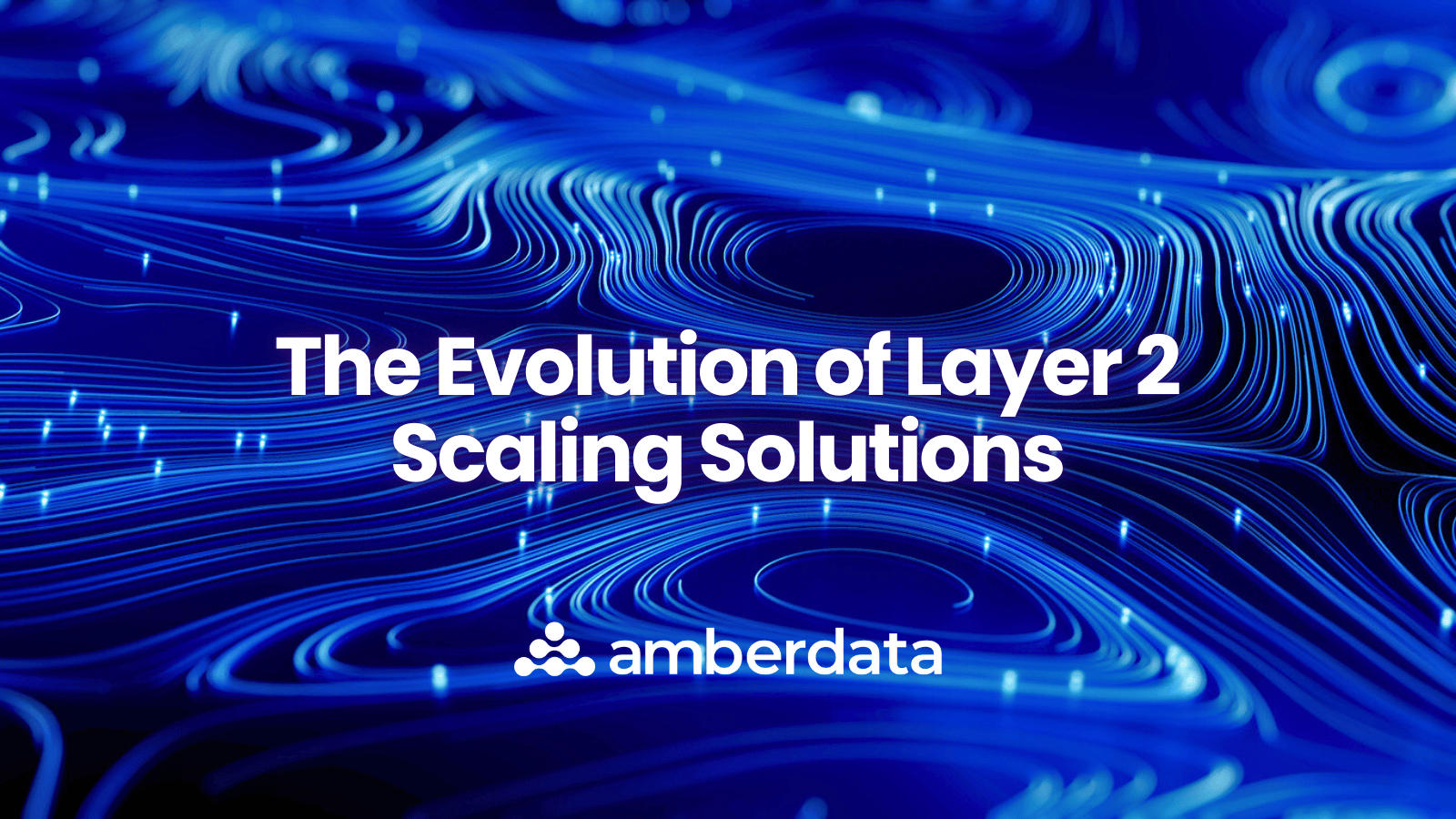
Layer 1 (L1) blockchains entered the finance world when Bitcoin was released in 2009. Ethereum, another L1, followed in 2015. As Bitcoin and Ethereum grew in popularity, a need arose to process a growing number of transactions without impacting speed or user experience. Layer 2 (L2) scaling solutions were developed to address the needs of increasing network activity and support the scalability of popular L1 blockchains without disrupting their underlying technology.
L2 solutions are protocols designed to execute transactions off-chain or in compressed batches while anchoring proofs back to the parent L1 for settlement. While they rely on L1s for transaction settlements, they handle the processing load, leading to faster transaction confirmations and lower user fees. From a trader's perspective, L2s significantly improve the efficiency and cost-effectiveness of large trades.
Layer 2 Scaling Solutions' Impact on Primary Blockchain Performance
L2s are primarily designed to enhance scalability by offloading transaction processing from the base layer. Scalability brings the following performance advantages:
- Increased throughput: L2 solutions enable the processing of many thousands of transactions per second. This is in stark contrast to the Ethereum L1, which generally processes around 15 transactions per second (TPS).
- Reduced congestion and cost: When transaction processing is completed off-chain, it removes congestion from the main blockchain's network, helping to keep transaction fees down for users.
- Improved stability: Less stress on the L1 typically leads to greater stability and reduced risk of network disruptions — a benefit for all who use the blockchain.
Layer 2 Scaling Solutions for Institutional and High-Frequency Crypto Trading
L2 scaling solutions typically fall into the following categories:
- Optimistic rollups: Package hundreds or thousands of user transactions into a single batch, assuming validity and posting batches to L1 with a fraud-proof window (typically seven days), allowing anyone to identify errors. A summary of the batched transactions is then posted to the L1 for completion. Optimistic rollups are ideal for traders prioritizing lower transaction costs. Examples include Arbitrum and Optimism.
- Zero-knowledge (ZK) rollups: Bundle transactions off-chain like optimistic rollups, but can attach a succinct zero-knowledge validity proof to every batch, removing the need for a fraud window and giving faster L1 finality. Traders seeking near-immediate transaction settlements can benefit from the speed of ZK rollups, like ZKsync and Starknet.
- State channels: Enable users to conduct transactions off-chain before posting the final state to the L1 blockchain. State channels can be most useful to traders engaging with the same counterparties repeatedly, as they mainly pay fees to open and close a channel rather than for each transaction. The Lightning Network is a state channel built on top of Bitcoin.
- Sidechains: Connect to the main blockchain via a two-way bridge, but function independently. Since sidechains are independent, traders can use those that are more tailored to their needs. Polygon Proof-of-Stake (PoS) — branded a commit chain — is one of the most popular Ethereum sidechains, checkpointing to L1 but securing around 4k TPS with its own validators while offering low fees.
Why Trust Amberdata?
Making sense of fragmented transaction data across L1s and L2s can take significant time and resources without a trusted data and infrastructure partner like Amberdata. We have expertise in aggregating data across L2 and L1 networks and delivering clear, digestible insights to empower institutional traders in making faster, more confident decisions. Whether needing to efficiently access liquidity data pre-trade or L2 transaction volumes and gas fees post-trade, trust Amberdata.
Navigate Layer 2 Solutions With Amberdata
Leveraging the advantages of Layer 2 solutions, like speed and lower fees, can be simple. Building the infrastructure to turn crucial, disconnected data into actionable insights and risk management opportunities is where the challenge lies. Amberdata takes that burden off your shoulders, seamlessly bringing L1 and L2 insights to your front, mid, or back office.
Request a demo to discover how our enterprise intelligence solutions simplify crypto data aggregation and analysis, blockchain-wide.
Amberdata
Amberdata is the leading provider of global financial infrastructure for digital assets. Our institutional-grade solutions deliver data, analytics and comprehensive tools and insights that empower financial institutions to research, trade, and manage risk and compliance in digital assets. Amberdata serves as a...
